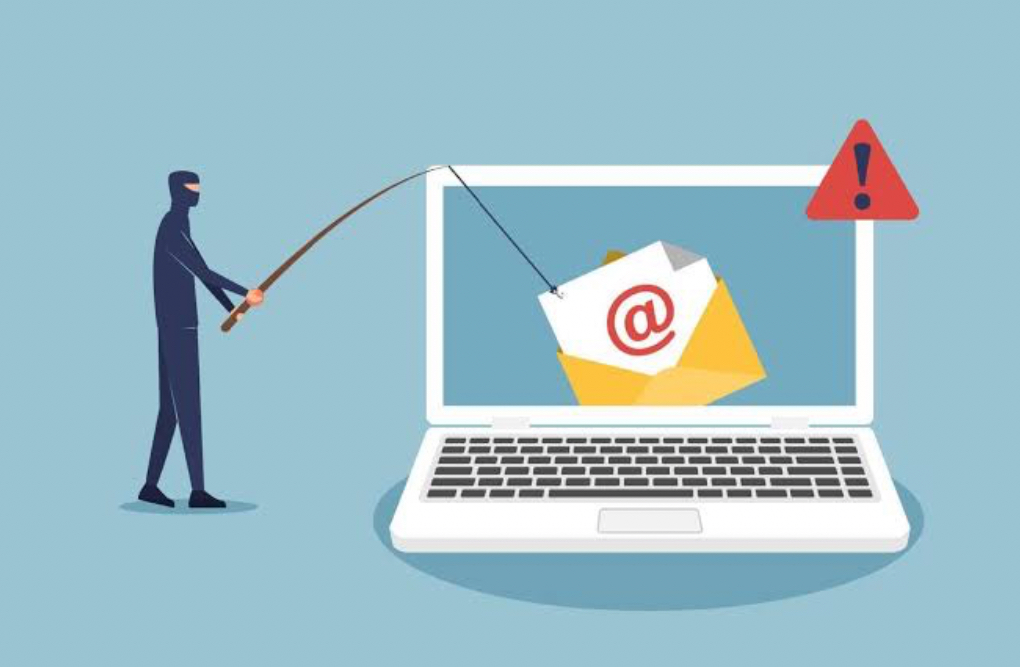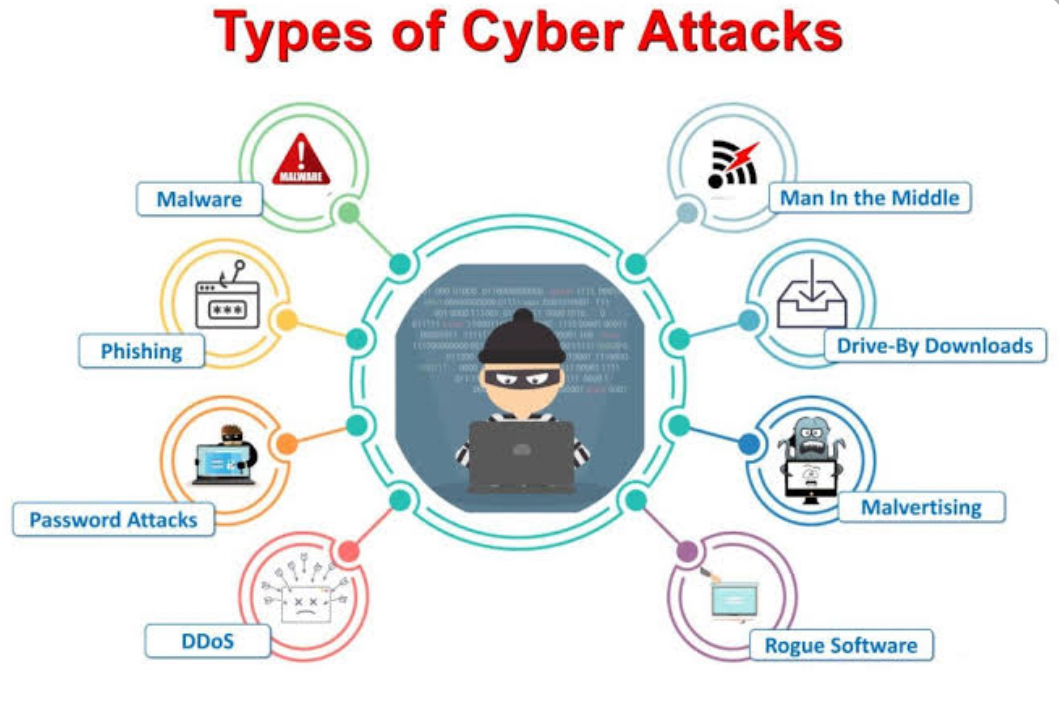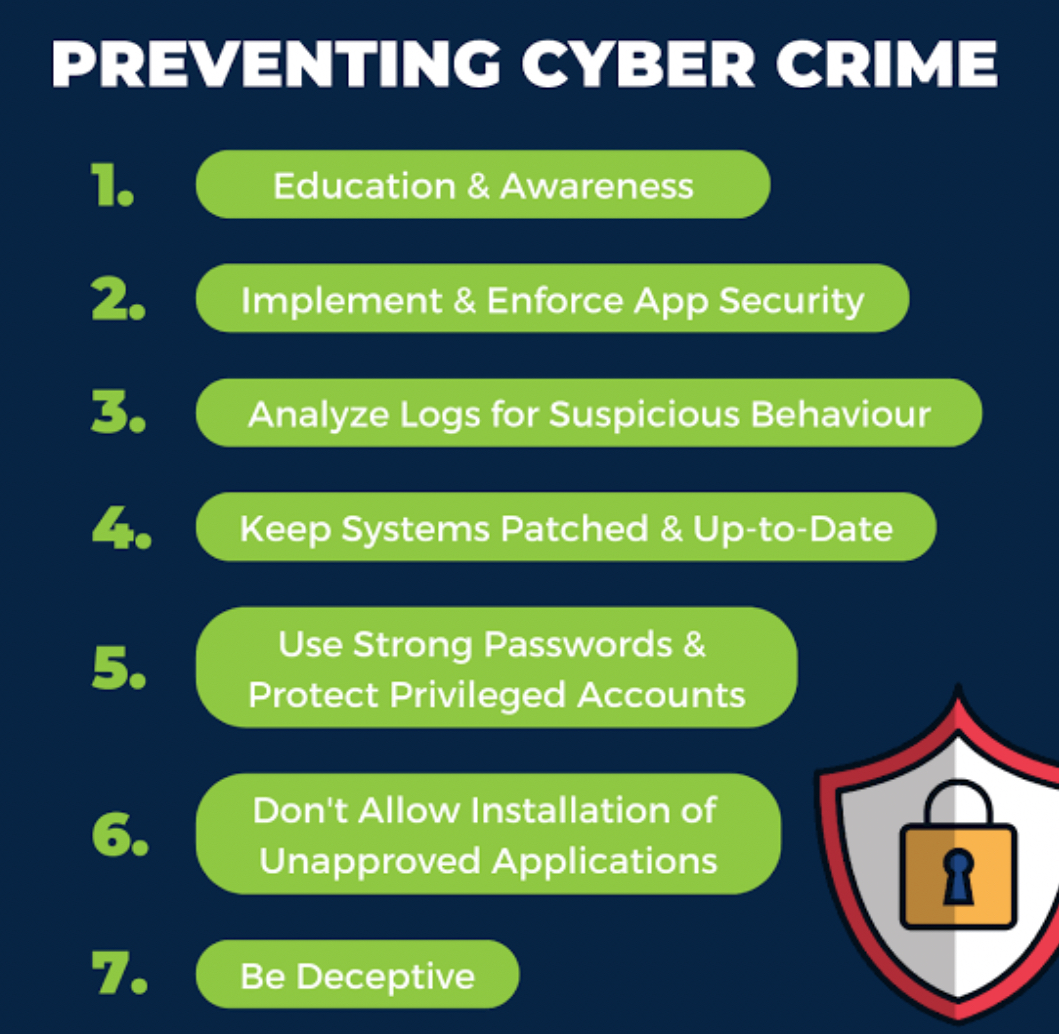Email is the main way that companies all over the world talk to each other in this new era of connection (the digital age).But this dependence has also made a major hole in the system—a way for hackers to get in. Indian businesses are currently facing a scary rise in cyberattacks, with an average of 2,444 attacks per week. This is a lot more than the world average of 1,151 attacks per business . This scary trend shows how important it is to quickly learn about email-based cyber dangers and strengthen your defences against them.

Statistics demonstrate the threat landscape: attacks are occurring in India
The data paints a worrying picture. Check Point Software's 2023 study reveals that a surge in global cyberattacks is primarily impacting Indian businesses. Attacks on Indian organisations occur more than twice as frequently as attacks on organisations worldwide. This makes them a great target for bad people. The fact that over 90% of these threats originate from spam emails exacerbates this vulnerability.

This means that threats are coming all the time. According to Check Point Software (2023), one out of every 379 emails an Indian company gets has a malicious file ready to take advantage of security holes and cause trouble. Usually, this invasion takes the form of PDFs that appear legitimate. 59% of all malicious email files are PDFs, making them the most common type of attack.
Getting harmful files out there: using the email gateway as a battleground

Your email account is the primary way malicious files get into your computer. According to Check Point Software (2023), emails have sent 62% of all malware files in just the last 30 days. This really shows how important email protection is for keeping businesses safe. Bad people use a variety of methods to get around security measures. Social engineering tricks that exploit people's trust, as well as complex malware hidden in seemingly safe files, are just a few examples.
Email attacks are a threat in more than one way

Email-based cyberattacks have many effects and hurt businesses deeply, both financially and in terms of their image. Here is a more in-depth look at some common attack methods:
- Ransomware: Ransomware This damaging attack encrypts important data, rendering it unaccessible until payment of a ransom. Ransomware attacks can shut down businesses, stop providing important services, and cause big financial losses.
- Schemes for phishing: The goal of these fake emails is to get people to share private information, like login credentials or financial information. These attacks allow people to take over your account, gain access to your information, and commit fraud.
- Con tricks: Criminals often pretend to be real people or organizations, like tax authorities, banks, or even company leaders, in order to get money or private information from people who don't know it.
Attackers' arsenal: the top types of malicious files
Understanding the most frequently used file types in email-based scams is crucial for building effective defences. 57% of all malicious files sent through email are EXE files (Check Point Software, 2023), making them the most common type of malware file. These files, which often look like real programmes, can install malware, steal data, or stop the system from working. PDFs, DOCX (Microsoft Word documents), and ZIP archives are some other popular file types.

A Looming Storm for the Future
We anticipate a significant increase in global email traffic. Statista predicted in 2023 that people around the world would send an amazing 330 billion emails in 2022. This number will rise by 17.8% by 2026. Cybercriminals now have an even bigger target area because of this exponential rise, so businesses need to stay ahead of the curve.
Creating stronger defenses in the age of cyber threats

Stats make it clear: email-based cyberattacks are a big problem for Indian businesses. However, this does not imply giving in to fear. To protect against these threats, you must take a proactive approach that puts cybersecurity measures first. Here are some important tips for businesses on how to make email safer:
- Put in place strong email protection measures: Using advanced spam and malware screening methods can make it much less likely that harmful emails will get to employees' inboxes.
- Training to make employees aware of: One of the most important defences you can use is to teach your workers how to spot phishing attempts and suspicious emails.
- For security, use a layered approach: When you use email security tools, endpoint security, and data encryption all together, you have a stronger defence.
- Keep up with changing threats: To stay safe from new online threats, make sure you regularly update your software and security tools.
Image Source: Multiple Agencies
Inputs from Agencies
© Copyright 2024. All Rights Reserved Powered by Vygr Media.





















